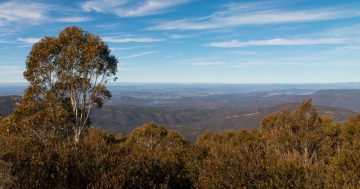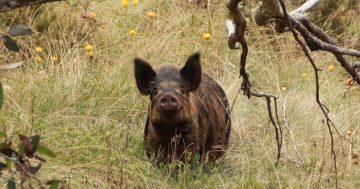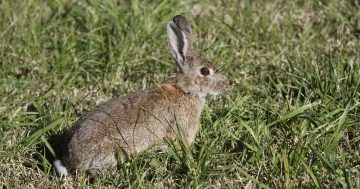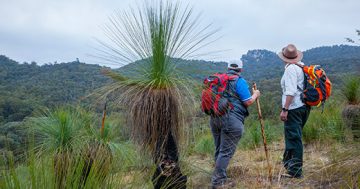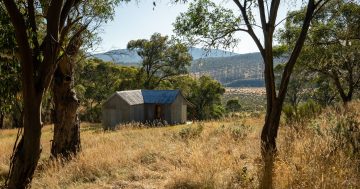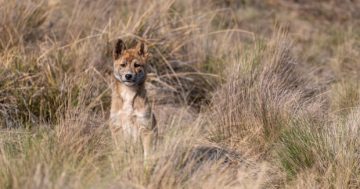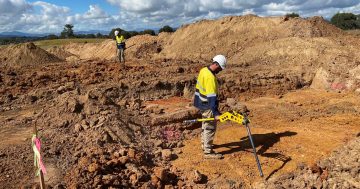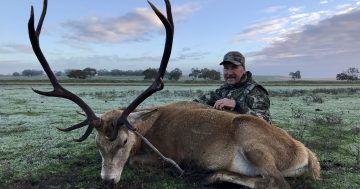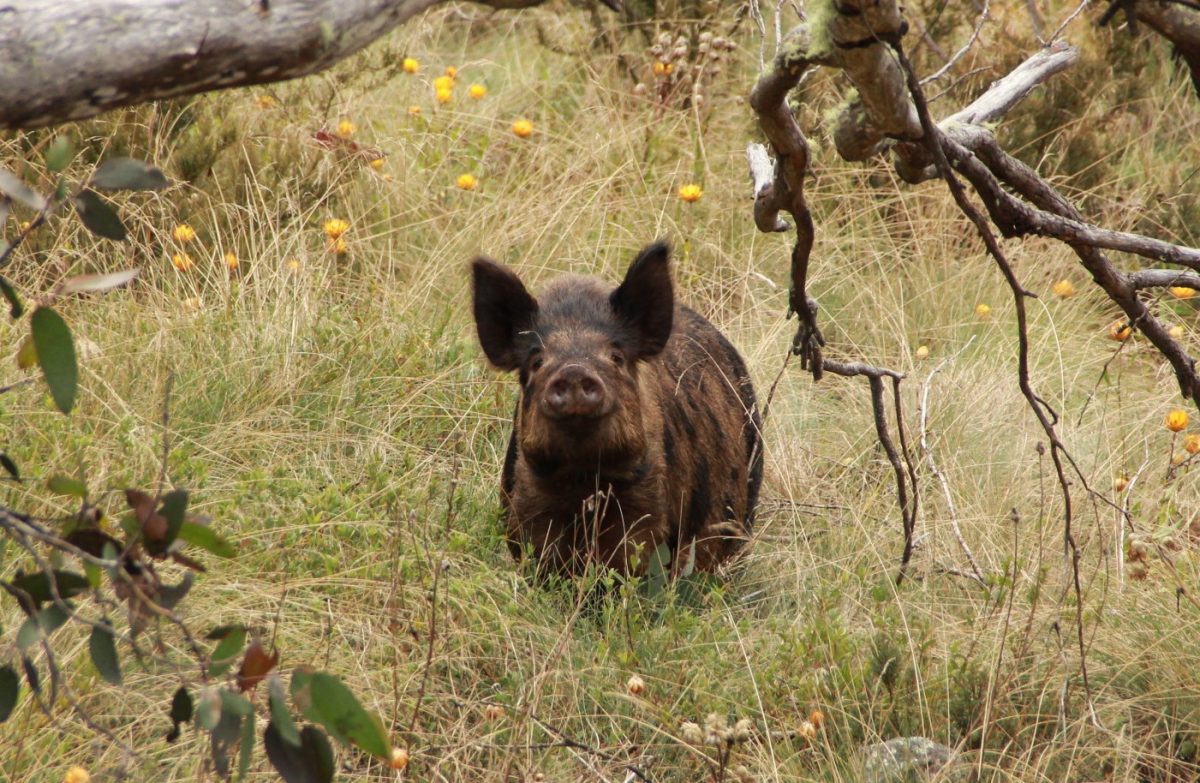
Feral pigs and deer will be targeted as part of the vertebrate pest animal control program. Photo: EPSDD.
Several parks and reserves across the ACT will be periodically closed throughout May and June as the vertebrate pest control program is conducted for another year.
The ACT Government utilises a thermal-assisted aerial control program to remove pest species, such as feral dear and pigs, from conservation areas and water catchments across the Territory.
“These pests compete with native species for habitat and resources, they graze and trample habitats, and negatively impact water quality in our catchments,” ACT Parks and Conservation Service executive branch manager Stephen Alegria said.
“Aerial shooting is the most effective and humane method of control available for large feral animals. It allows larger areas to be covered across challenging terrain that would otherwise be difficult to access.
“Thermal imaging cameras are used to detect and target animals, increasing effectiveness and animal welfare outcomes.”
The ACT Government received additional funding from the Better Biosecurity initiative to conduct this year’s cull which, Mr Alegria said, meant this would be the “largest pest animal program” implemented in the ACT.
“The additional funding will allow the program to expand to operate on many rural properties adjacent to the conservation areas to help farmers manage these pests,” he said.
“Extensive safety precautions will be in place, including buffer zones, signage and sweeps prior to all operations. The community should also be aware that aircraft may be operating within the closed areas.”
In 2023, 517 feral pigs, 356 feral deer and 57 feral goats were controlled across Namadgi National Park, the Murrumbidgee River Corridor, Molonglo River Reserve and Googong.
The closures will take place from 13 May to 11 June and will be staged:
- Namadgi National Park East: 13 – 19 May
- Namadgi National Park West: 14 – 24 May
- Namadgi National Park North: 22 – 26 May
- Lower Cotter Catchment: 22 – 26 May
- Stony Creek Nature Reserve: 25 – 31 May
- Bullen Range Nature Reserve: 25 May – 7 June
- Gigerline Nature Reserve: 25 May – 7 June
- Rob Roy Range Nature Reserve: 25 May – 7 June
- Tidbinbilla Nature Reserve: 3 – 4 June
- Swamp Creek Nature Reserve: 3 – 7 June
- Sherwood Special Purpose Reserve: 3 – 7 June
- Molonglo River Reserve: 3 – 7 June
- Googong Foreshores: 5 – 11 June
The Murrumbidgee Discovery trail will be closed from Pine Island to Casuarina Sands, including a section of the Centenary trail between Kambah Pool and Pine Island, from 25 May to 7 June.
Those wishing to enjoy Canberra’s parks and reserves have been advised to keep an eye on the ACT Parks website for the latest information.
The Australian Alps walking track will be closed from the Mt Tennant summit to the NSW border in Murrays Gap from 14 to 25 May.
Parts of Kosciusko National Park in NSW are also closed, including large sections of the walking track, until 4 October.












